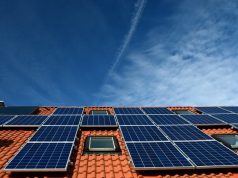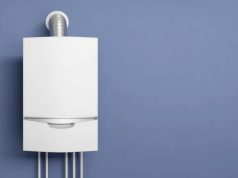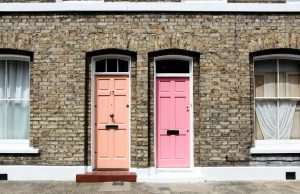Energy efficiency has become a prescient issue for the majority of homeowners, as the growing cost-of-living crisis compounds with a growing climate crisis to make energy usage burdensome in terms of both budget and ecology.
In this way, energy efficiency has not only become a prerogative for property owners, but also a valuable commodity on the property market. What can you do to improve your home’s energy efficiency, reduce your cost burden and improve your home’s value?
Insulation
The first port of call for increasing a given home’s energy efficiency should always be to address its insulation. Insulation is a powerful way to control energy usage, by drastically reducing reliance on gas to keep a home at a comfortable temperature.
Cavity wall insulation is the most effective form of insulation, but there are dozens of ways to approach home insulation with specific effects and benefits. For example, you could benefit from greatly improving the efficiency of your home’s heating and plumbing equipment through pipe insulation and water tank jackets. Floor insulation can have an impact on the ‘sense’ of temperature in a room; warmer floors under-foot make a resident less likely to turn on their heating.
Heating Systems
With regard to your heating system, even newer central heating systems can be inefficient in comparison to modern boiler solutions. Conventional boiler systems, with a hot and cold water tank in the loft, are very inefficient and costly as a result. The solution could be to replace your boiler with a new model, that guarantees high heat output at a low energy cost.
For the household with money for renovation, there is another option in the form of alternative heating solutions. Government subsidies exist for the installation of alternative low-carbon heating technology, such as air-source heat pumps that extract heat energy from the outside air and deliver it via water pipes.
Double Glazing
Newer home builds come with double-glazed windows as standard – but some older homes may not have been renovated recently, and may still have pane or sash windows. For residents in these properties, an upgrade to double-glazing should be a key priority for reducing energy costs.
Double-glazed windows have insulative properties, constructed as they are with a vacuum cavity between two tempered panes. This vacuum prevents the loss of heat via the window, improving efficiency in comparison to single-glazed windows that conduct heat readily.
Draught Proofing
Lastly, draughts can have a strong impact on the temperature feel in a room or home, as they ‘wick’ heat away with the introduction of air flow. Draughts are commonly found as a result of poor seals around doors and windows, but can also occur as a result of cracking in walls.
A reparative approach to draughts can ensure they do not impact a home at all; using caulk or sealant around door frames and windows can improve airtightness. There are also aftermarket solutions such as draught excluders, which can reduce airflow out of living spaces and keep rooms warmer.














